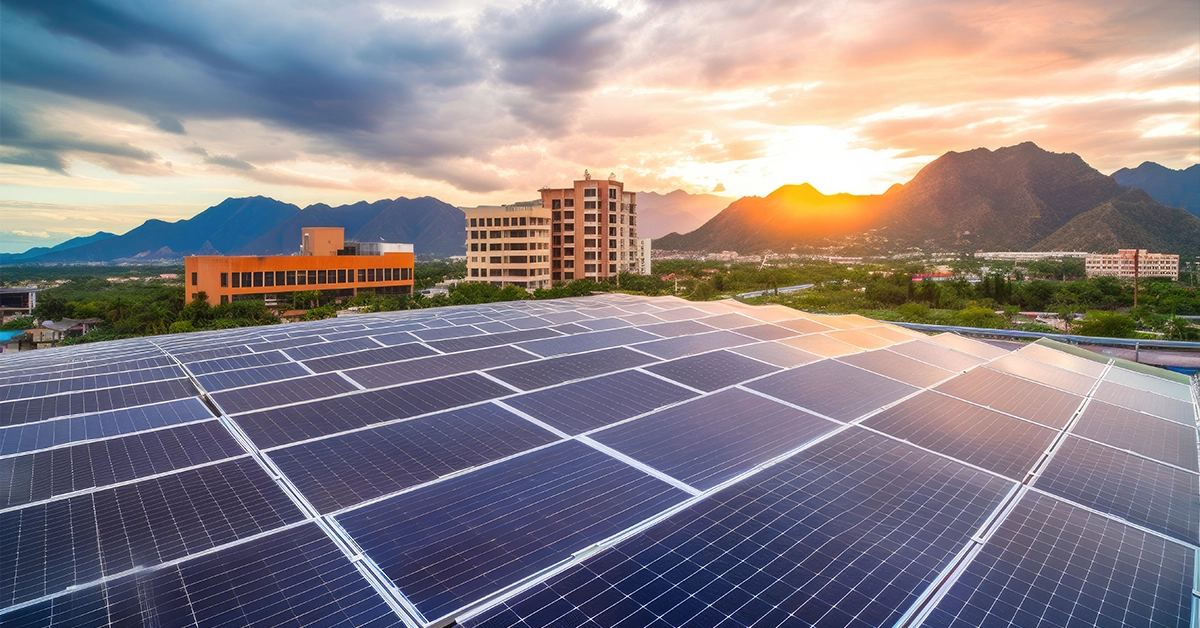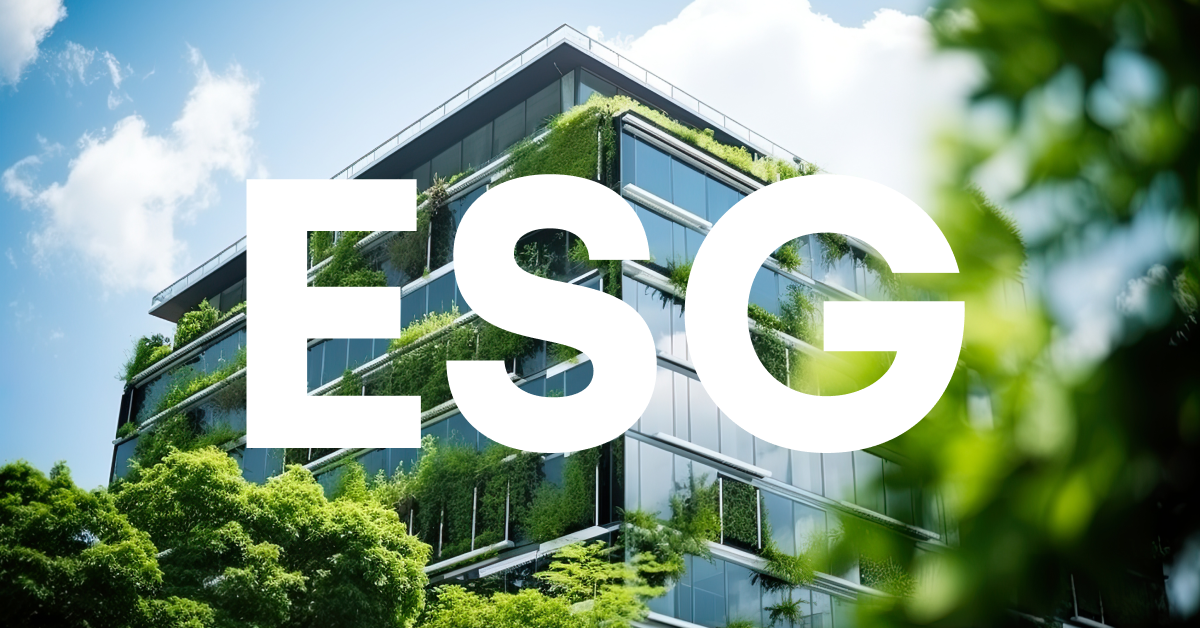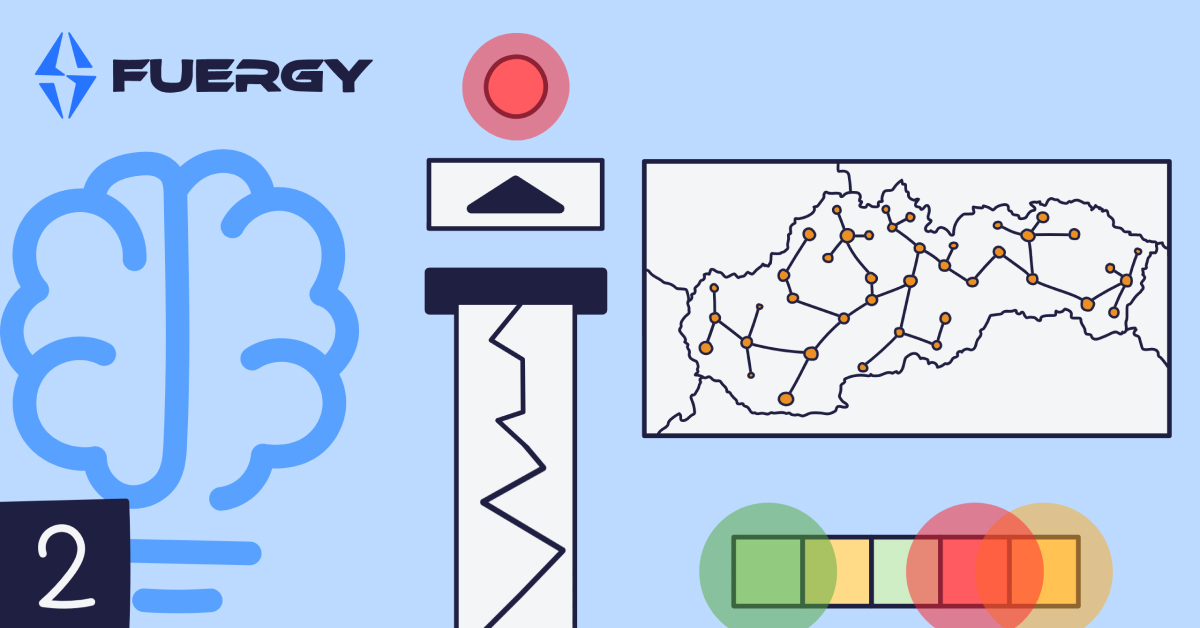
We’ve examined the more troubling side of the global climate change debate in our first piece last week which you can read here, but today we’re looking at the bright side of things. At FUERGY, we like to believe that innovation, creativity and our willingness to adapt can be enough to overcome any challenge, climate change included. Here is a list of stories that will convince you that not all hope is lost and we may indeed be on track to (just barely) handle climate change without destroying our world.
-
Cities are going green: Some of the world’s biggest financial centers are looking towards renewables, optimization of energy consumption and other green energy initiatives as a way of achieving worldwide prestige. For instance, take a look at Singapore, which has rightfully earned the nickname of City in a Garden. Solar panels are everywhere. New buildings are built with energy conservation and energy efficiency in mind. The city cools down and reduces its carbon footprint via the 1.3 million trees growing in the island city-state. Berlin is increasingly looking into vegetation as a means of cooling down the city and counteracting floods caused by extreme rainfall.
-
More and more, US cities are looking to renewable energy to supply their power grids. Some of the largest cities in the country — including New York, Chicago, Atlanta, and 34 others — have already set emissions reductions goals of 80% or higher by 2050. This aligns with the scientific consensus of what will be required to avoid the most disastrous effects of climate change. And 62 cities are already committed to meet or exceed the emissions targets announced by the federal government. Should they succeed in doing so, these cities will reduce carbon dioxide pollution by a minimum of 328 million tons per year — the equivalent of switching 45 million homes to solar power.
-
Carbon dioxide removal (CDR): It’s still largely theoretical and the technology is not even in its infancy yet, but we’re on the right track. CDR removes carbon dioxide from the atmosphere, it creates negative emissions, offsetting emissions from small and dispersed point sources such as domestic heating systems, airplanes, and vehicle exhausts. Although we have several ideas on how to achieve the removal of carbon emissions already in the atmosphere, CDR is currently very expensive and limited by space, high initial investments and other human factors. Still, its showing promise, and with our track record of constant innovation, there’s no doubt that CDR will become more polished, cheaper and more efficient as we go forward.
-
Innovation will make renewables as consistent as fossil fuels: A combination of increased accumulation, efficient sharing, production supporting energy decentralization and other approaches will keep making renewable energy generators more consistent and effective in comparison to conventional coal, gas and oil-guzzling power plants. In fact, the unsubsidized levelized cost of energy (LCOE) for utility-scale onshore wind and solar PV generation has recently (as of late 2018) become cheaper than any other source of power.
-
Companies are making money by going green. From a financial standpoint, being ecological is becoming increasingly more viable. We’re experiencing a watershed in modern history where environmentalism is moving into the mainstream, not only because it is considered beneficial and necessary, but also because it is becoming financially worthwhile. In the US, the private sector can realize cost savings of up to $190 billion by adhering to energy-efficiency measures and moving to low-carbon energy sources.
Innovation is a powerful force that gives us hope for mitigating climate change and helping us better control greenhouse emissions. Not all hope is lost — clearly, there is a universal desire to act more environmentally and prevent the catastrophe that unbridled global warming would bring. Our creativity and intelligence will be key in our fight to save our planet.
Thank you for your attention and we hope you enjoyed the second part of our three-piece article on trends in climate change. Stay tuned for next week’s culminating piece in which we examine both sides of the debate and conclude the series with our own take on this issue.
Don’t miss a chance to learn more about FUERGY’s New Energy Ecosystem aiming to optimize the green energy consumption, production & storage, as well as the challenges that the environment faces today. Join our telegram, follow us on Twitter or subscribe to our newsletter.
We are living in the future of energy. Are you?





